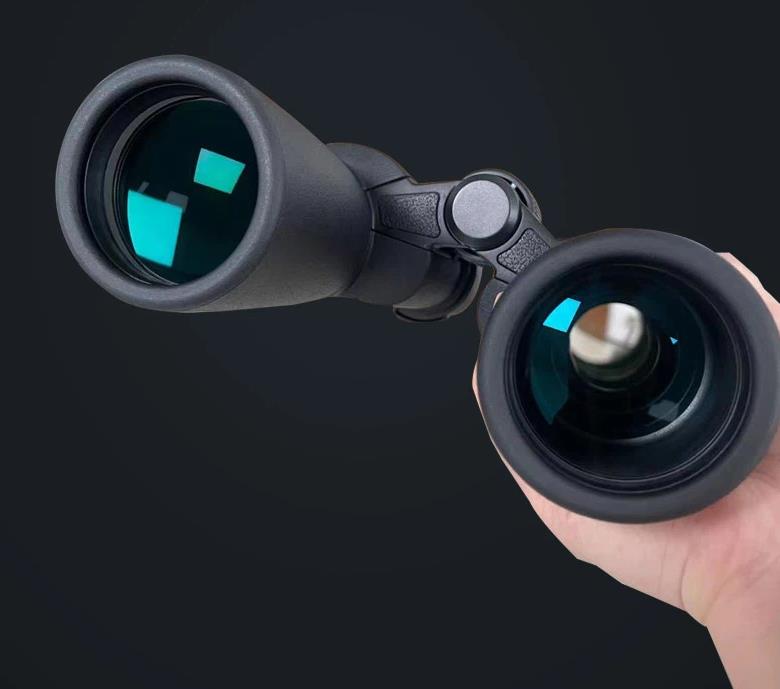A telescope is an instrument used to observe distant objects in space and on Earth. It essentially collects and amplifies light in order to provide clearer and more detailed images. This can be achieved through the use of lenses or mirrors, or a combination of both.
In space exploration, telescopes have been used to provide us with an incredible amount of knowledge about the universe. They have helped us learn about the sizes, shapes, and compositions of planets, stars, and galaxies, and have enabled us to see objects that would be impossible to observe with the naked eye.

On Earth, telescopes are commonly used for astronomy, but they also have a variety of other applications. For example, they can be used for birdwatching or stargazing, as well as for surveillance or military purposes. In medicine, telescopes can be used for endoscopic procedures, allowing doctors to see inside the human body without the need for surgery.
In terms of design, telescopes come in all shapes and sizes, with each type serving a specific purpose. The most common types of telescopes include refracting telescopes and reflecting telescopes. Refracting telescopes, also known as dioptric telescopes, use lenses to refract light and create an image. Reflecting telescopes, on the other hand, use mirrors to reflect and focus light.
Regardless of the type of telescope, they all work on the same basic principle - magnifying light. The larger the aperture of the telescope, or the diameter of its lens or mirror, the more light it can gather, and the clearer the image will be. Some of the largest telescopes in the world have apertures over 30 meters in diameter!
In conclusion, telescopes are valuable tools that enable us to explore and understand the universe on a much deeper level. They have revolutionized our understanding of space and continue to fuel our curiosity about the world around us.

